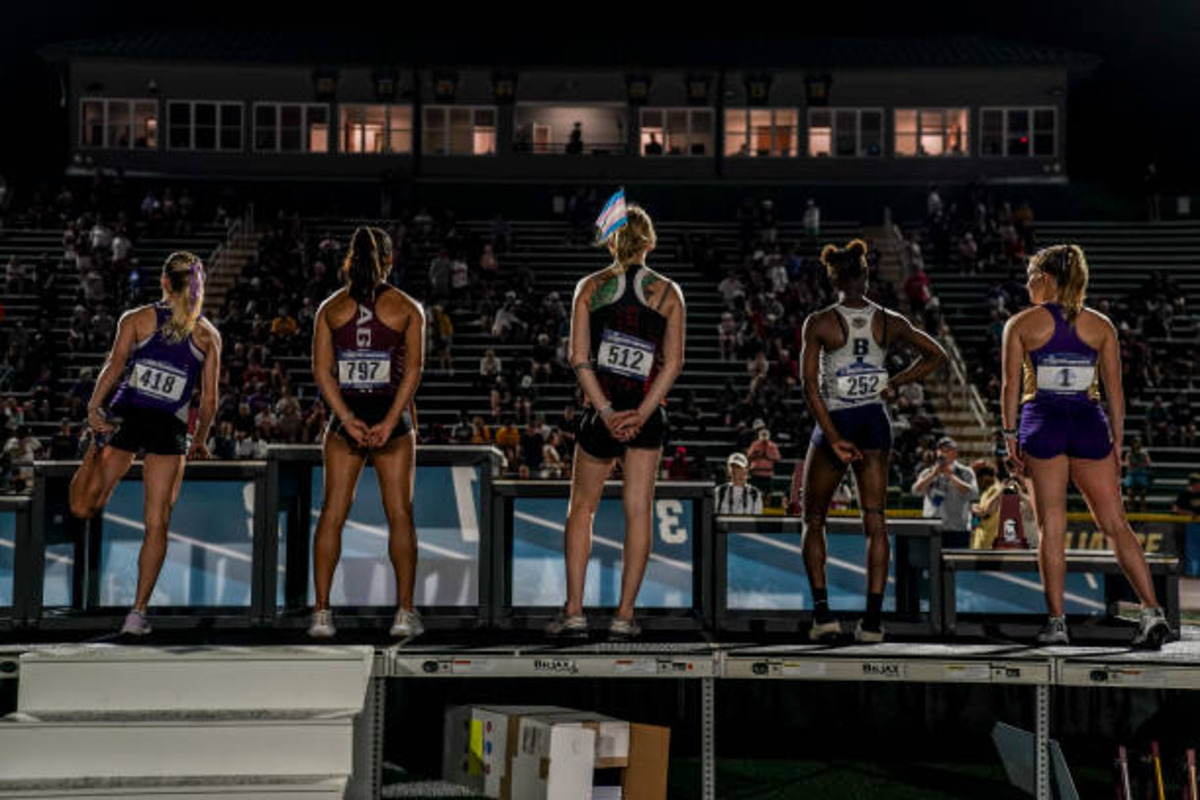The NCAA has long positioned itself as a champion of inclusivity and fairness in college athletics. However, its latest decision to tighten restrictions on transgender women’s participation in sports suggests otherwise.
Rather than fostering an environment where all athletes can compete, the NCAA is making an active choice to exclude trans women—despite not being required to do so.
The Policy Shift and Its Impact
For years, the NCAA followed a more inclusive framework, allowing transgender athletes to compete if they met certain hormone requirements.
But recent changes signal a shift toward a more restrictive approach, aligning with governing bodies that have imposed outright bans or near-impossible criteria for trans women to meet.
This change has immediate and severe consequences, forcing many athletes to abandon their dreams of collegiate competition.
These new policies send a clear message: transgender women are being sidelined, not because of scientific consensus or fairness concerns, but due to external pressure and political narratives.
Are Trans Women Really a Threat to Fair Play?
One of the primary justifications for restricting trans women from competing is the supposed advantage they might retain from male puberty.

However, this argument ignores the reality of individual variation in athletic performance. Height, muscle mass, endurance—these factors vary widely among all athletes, regardless of gender identity.
The NCAA’s stance assumes that trans women are inherently dominant in their sports, yet there is little evidence to support this claim. In reality, trans athletes have had mixed success, just like their cisgender counterparts. Blanket bans do not serve fairness; they serve exclusion.
The Real Cost: Dreams Deferred
For many young athletes, competing in college sports is more than just a pastime—it’s a lifelong dream, a pathway to scholarships, and in some cases, a professional career.
The NCAA’s restrictive policies rob trans women of these opportunities, forcing them to either compete under unrealistic guidelines or leave sports altogether.
The emotional toll cannot be overlooked. Trans athletes often face social stigma and mental health challenges, and denying them access to sports only exacerbates these struggles. The NCAA, an organization that claims to support student-athletes, is failing them when they need it most.
A Different Path Is Possible
The NCAA is not legally bound to enforce these bans—it is choosing to do so. Other sports organizations have adopted policies that balance fairness and inclusion without outright exclusion.
The NCAA could follow their lead, opting for guidelines that allow trans athletes to compete while maintaining competitive integrity.
Instead of pushing trans women out, the NCAA could invest in research, consult with athletes, and develop solutions that uphold fairness without sacrificing inclusivity. It is not a question of whether trans women should have a place in sports—it is a question of whether the NCAA is willing to make room for them.
Conclusion: A Step in the Wrong Direction
The NCAA’s decision to tighten restrictions on trans women in sports is not about protecting fairness—it’s about bowing to external pressures. Instead of standing by its principles of inclusivity, the organization is choosing exclusion over equity.
The future of trans athletes in college sports remains uncertain, but one thing is clear: the NCAA didn’t have to make this choice. It did so anyway.







